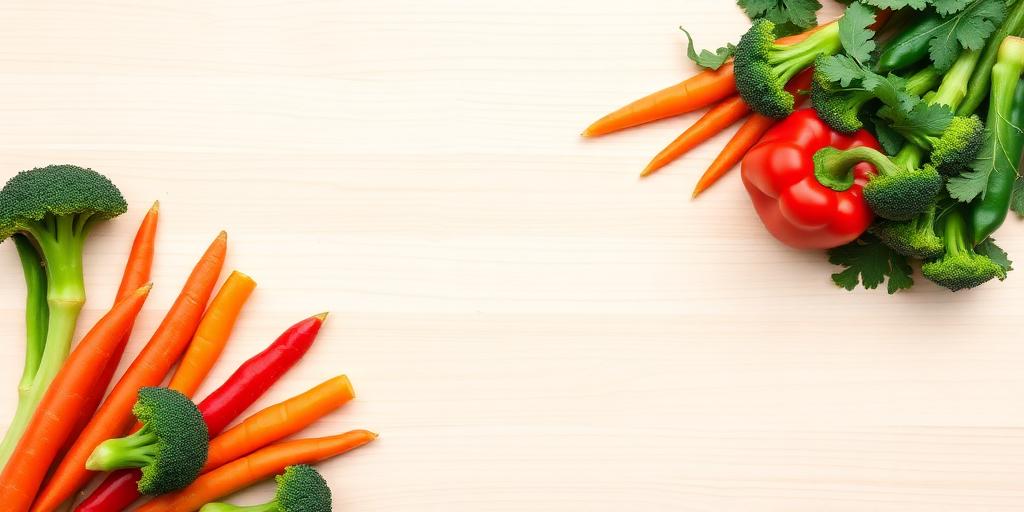Healthy Cooking Methods to Preserve Nutrients (2025)
Maintaining a healthy diet is essential, and the way you cook your food plays a significant role in preserving its nutritional value. Different cooking methods can either enhance or diminish the nutrients in your meals. This guide explores the best healthy cooking methods to maximize nutrient retention, ensuring you get the most out of your food.
Understanding Nutrient Loss During Cooking
Before diving into specific methods, it’s important to understand why nutrients are lost during cooking. Several factors contribute to nutrient loss:
- Heat: High temperatures can degrade vitamins, especially water-soluble vitamins like Vitamin C and B vitamins.
- Water: Nutrients can leach out into the cooking water, particularly when boiling.
- Air: Exposure to air can oxidize certain vitamins, reducing their effectiveness.
- Time: Prolonged cooking times can break down nutrients.
Top Healthy Cooking Methods
Steaming:
- How it works: Steaming involves cooking food using steam, typically in a steamer basket over boiling water. The food doesn't come into direct contact with the water, minimizing nutrient loss.
- Benefits: Steaming is excellent for preserving water-soluble vitamins. It also helps retain the color, texture, and flavor of vegetables.
- Best for: Vegetables like broccoli, carrots, and spinach; also great for fish and poultry.
Microwaving:
- How it works: Microwaving uses electromagnetic radiation to heat food quickly.
- Benefits: The short cooking time helps preserve nutrients. Using minimal water further reduces nutrient loss.
- Best for: Vegetables, especially when a small amount of water is added. It’s also good for reheating leftovers.
Sautéing:
- How it works: Sautéing involves cooking food quickly in a small amount of oil over medium-high heat.
- Benefits: Quick cooking minimizes nutrient loss, and using healthy oils like olive oil can add beneficial fats.
- Best for: Small pieces of vegetables and lean proteins. Be careful not to overcrowd the pan, as this can lower the temperature and lead to steaming instead of sautéing.
Grilling:
- How it works: Grilling uses direct heat from below to cook food.
- Benefits: Grilling can be a healthy option as it often requires minimal added fats. It can also enhance the flavor of foods.
- Best for: Meats, poultry, and vegetables. Marinating foods beforehand can help retain moisture and reduce the formation of harmful compounds.
Baking:
- How it works: Baking involves cooking food in an oven with dry heat.
- Benefits: Baking can be a good way to cook without added fats. Wrapping food in foil can help retain moisture and nutrients.
- Best for: Vegetables, meats, and casseroles. Be mindful of baking temperatures and times to avoid excessive nutrient loss.
Poaching:
- How it works: Poaching involves gently cooking food in liquid (water, broth, or sauce) at a low temperature.
- Benefits: Poaching is excellent for delicate foods as it helps retain moisture and nutrients. The cooking liquid can also be used to make sauces, capturing any leached nutrients.
- Best for: Fish, eggs, and poultry.
Tips to Maximize Nutrient Retention
- Use minimal water: When boiling is necessary, use just enough water to cover the food and save the cooking water for soups or sauces.
- Cook for the shortest time possible: Overcooking degrades nutrients. Cook until food is just tender.
- Cut food into larger pieces: Smaller pieces have more surface area exposed to heat and water, leading to greater nutrient loss.
- Store food properly: Proper storage helps maintain nutrient levels before cooking. Keep produce in a cool, dark place and use airtight containers.
- Eat a variety of foods: A diverse diet ensures you get a wide range of nutrients, even if some are lost during cooking.
Conclusion
Choosing the right cooking method can significantly impact the nutritional value of your meals. By opting for methods like steaming, microwaving, and sautéing, you can preserve more of the essential vitamins and minerals in your food. Incorporate these healthy cooking methods into your routine to ensure you and your family are getting the most out of every meal. Stay informed, cook smart, and enjoy the benefits of a nutrient-rich diet in 2025 and beyond.









